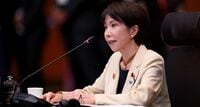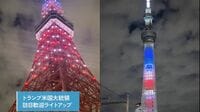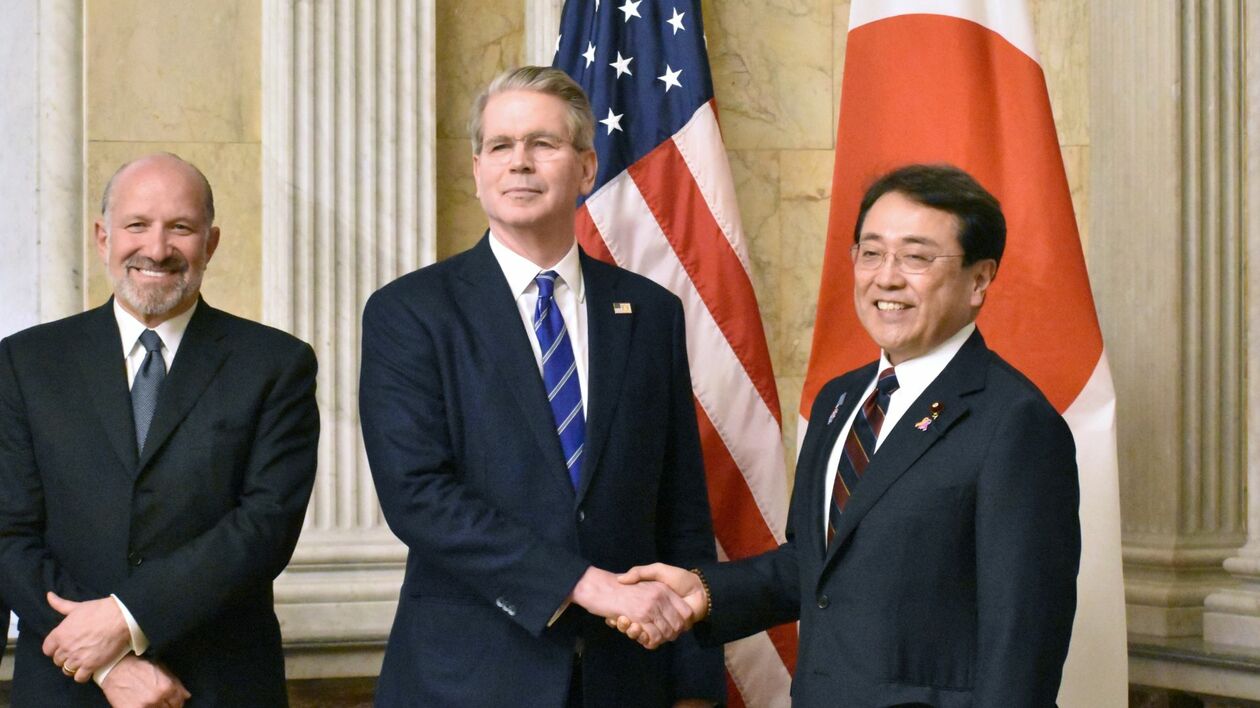
Don Trump, no Don Corleone he, has made Japan an offer it had to refuse. In this week’s trade talks in Washington, when US cabinet secretaries proposed a “framework” for the items to be negotiated between the US and Japan, they refused to even place Trump’s 25% tariffs on autos and auto parts, steel, and aluminum on the agenda. In other words, the high tariff is not a bargaining chip to gain other concessions but an ongoing feature of US policy for the indefinite future. Given the pivotal role of autos in Japan’s economy, this is quite an aggressive stance, and one Tokyo was not expecting.
While that has not blown up the talks in the sense of Tokyo’s negotiators walking out or refusing to meet again, Prime Minister Shigeru Ishiba told angry Diet members that the US position was “absolutely unacceptable.”
If Trump is not forced to alter his position by pressure from the financial markets or some other source, it’s hard to see an agreement emerging. We might instead see endless unproductive talks.After speaking with Prime Minister Shigeru Ishiba, Japan’s negotiator Ryosei Akazawa told reporters, “We cannot reach an agreement if that [the auto tariff]) is not properly addressed in a package.”
The two countries had talked of reaching an agreement by July, when the 90-day pause on the “reciprocal tariffs” is supposed end. But, Ishiba told the Diet: “It's not better just because it's faster. For us, while properly asserting our national interests, it's not good to reach an early conclusion by sacrificing such interests.”
Political analyst Tobias Harris commented that by calling the US position “absolutely unacceptable” in such a prominent, public way, he had locked himself into a position from which it would be politically damaging to walk back. That’s because there’s an upcoming election for the Diet’s Upper House around July 20. While the opposition has not used the trade conflict to attack Ishiba—rather preferring the image of unity in the face of what Ishiba had called a “national crisis”—they do press Ishiba at any sign of weakness. Indeed, former Prime Minister Yoshihiko Noda, the leader of the biggest opposition party, the Constitutional Democrats, told Ishiba in a Diet debate that it looked like “tribute diplomacy” for his chosen negotiator Ryosei Akazawa to wear a MAGA hat in front of Trump.
As I discussed in my recent post, as the US side has become increasingly obdurate, and financial markets have reacted to that, Tokyo has stiffened its spine.
Another example of that came when Finance Minister Katsunobu Kato fired a shot across the bow of the US Treasury. Asked in a TV interview last night whether Japan might use its holdings of more than $1 trillion in US Treasury bonds as a tool in the trade talks, Kato said something I cannot remember any previous Finance Minister saying. Instead of ruling out the very notion, Kato stated, “It does exist as a card. Whether or not we use that card is a different decision.” While I don’t believe Tokyo has the slightest intention to use the card, the fact that Kato made this comment adds another straw of uncertainty to the already large camel’s back of market volatility. As I noted in my previous post, Tokyo sees market rebellions against Trump as its ally.
What Does Trump Really Want?
Ever since Trump launched his trade war, observers have been divided into camps. One side believes that the astronomically high tariffs are mere bargaining chips to gain concessions from other countries on tariff and non-tariff barriers. They believed the levies would be reduced if other countries offered enough concessions. One reason for thinking this is that the bargaining chip posture is the stance that Treasury Secretary Scott Bessent has stated publicly, even vis-à-vis China. But Trump himself, supported by trade advisor Peter Navarro, has a different view: that tariffs are a “beautiful” way to offset “cheating” by others, slash America’s trade deficit, and raise money to pay for his tax cuts. Hence, while some can be used as bargaining chips, many can last indefinitely. (To see a video debate on Trump’s motivation that includes myself, click this.)
Washington’s official grounds for not including auto tariffs in the talks with Japan are that they are part of a worldwide tariff on every country. Japan cannot be granted a special exemption. On the other hand, the now-paused “reciprocal” tariffs of 24% on all other items can be negotiated. They could come down depending on what Japan does to reduce the bilateral trade imbalance.
This official story is just a lawyer’s rationale to justify a policy adopted for other reasons. The real explanation is that no amount of negotiations can boost US auto exports to Japan because Detroit no longer even makes the kind of cars that most Japanese buy (or that most Americans can afford). The fact is that the Detroit Three have never been serious about exporting to Japan. Instead, they and the United Auto Workers Union (UAW) have used the tiny level of exports to Japan as a pretext for limiting American imports from Japan. That is what is going on here and why Trump wants to keep up the 25% tariff indefinitely.
If you have any doubt, consider the surprise attack Trump launched even as the bilateral talks were going on. Washington just added a fee of $150 for every car a ship can carry on Japanese and other foreign-owned ships bringing cars to the US. This includes 20 vessels that guarantee transport for the US military during a war or national emergency. Previously, only Chinese-owned ships were being penalized. Japan is the biggest source of sea-borne auto imports ($41 billion), followed closely by Korea ($38 billion), and further behind by Germany ($26 billion). Most autos from Mexico ($50 billion) and Canada ($28 bil) come by land and are unaffected by this new fee.
What Detroit Really Wants
In response to Trump’s lies about “bowling ball tests,” Japan has broached with Trump the possibility of automatically approving cars that pass America’s safety standards. (Trump lies that Japanese officials drop bowling balls on US cars and fail them if this creates a dent.) Any change in the safety rules, however, will have a negligible impact on sales of Detroit brands in Japan. As I said above, Detroit doesn’t even make the kind of cars that most Japanese buy.
As a result, while imports now command 9% of Japan's “non-mini” sizes—compact and above—the US Big Three have just a tiny share of that. In fact, nearly 90% of all American car shipments to Japan are just one make: Jeep. Last year, Jeep sold just 9,721 cars in Japan, which is just 2.9% of all imports and just 0.3% of Japan’s total non-mini market. The next highest American make was Chevrolet at just 514 cars. By contrast, Mercedes-Benz sold almost 53,000 vehicles, and Volkswagen sold nearly 26,000.
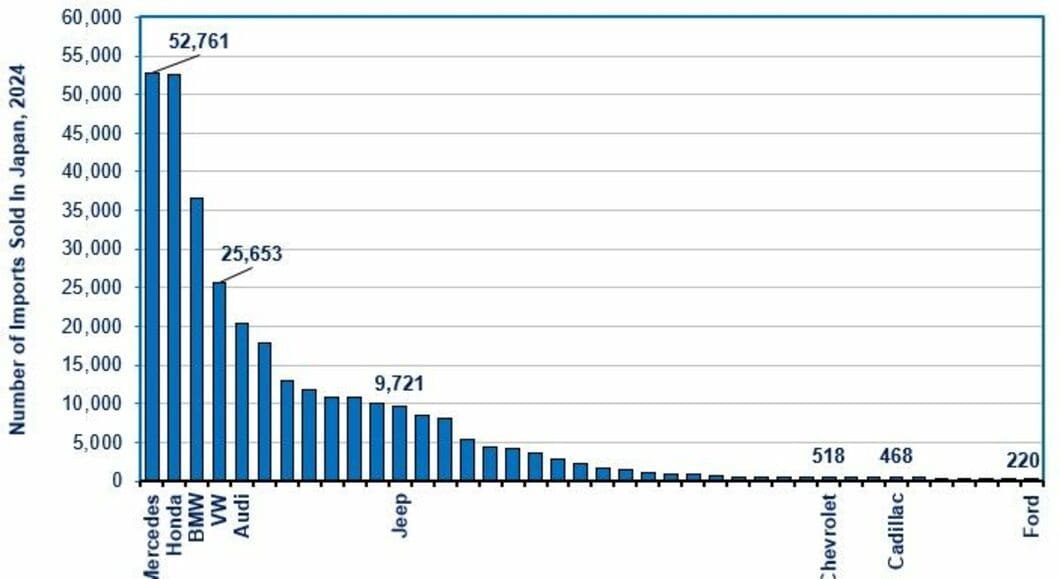
Not one of the three Detroit automakers still makes any mid-sized sedans (the size of a Camry) or anything smaller. Unlike their competitors, they haven’t figured out how to make money doing that. They sell some of the popular smaller models, but these are made in Mexico. Now look at what sells in Japan. In 2024, 32% of car purchases were so-called “minis” (kei cars), which are even smaller than American subcompacts. Another 21% were “small cars,” equivalent to compacts and subcompacts. 47% were “standard” size: equivalent to mid-size sedans and crossover vehicles or larger. I don’t have an exact breakdown, but I suspect the biggest segment within the standard segment is mid-size.
Meanwhile, nearly half of the standard and compact cars bought in Japan are hybrids, where Detroit is barely competitive anywhere.
Yes, there are some market impediments to imports in Japan. But they don’t explain why American brands do so much worse than the Europeans.
The Incredible Shrinking Trade Deficit With Japan
Just for the record, while Japan was the largest contributor to America’s trade deficit in 1986-1995 (an average of 45% of the entire deficit), it’s a bit player today, only a 7% average in the past decade. The bilateral deficit fell from 1.2% of US GDP to just 0.2% (see chart below). In fairness, this is not the whole story. For example, while the US still imports lots of semiconductors from Japan, many no longer come in boxes stamped “Made in Japan,” but in smartphones assembled in China.
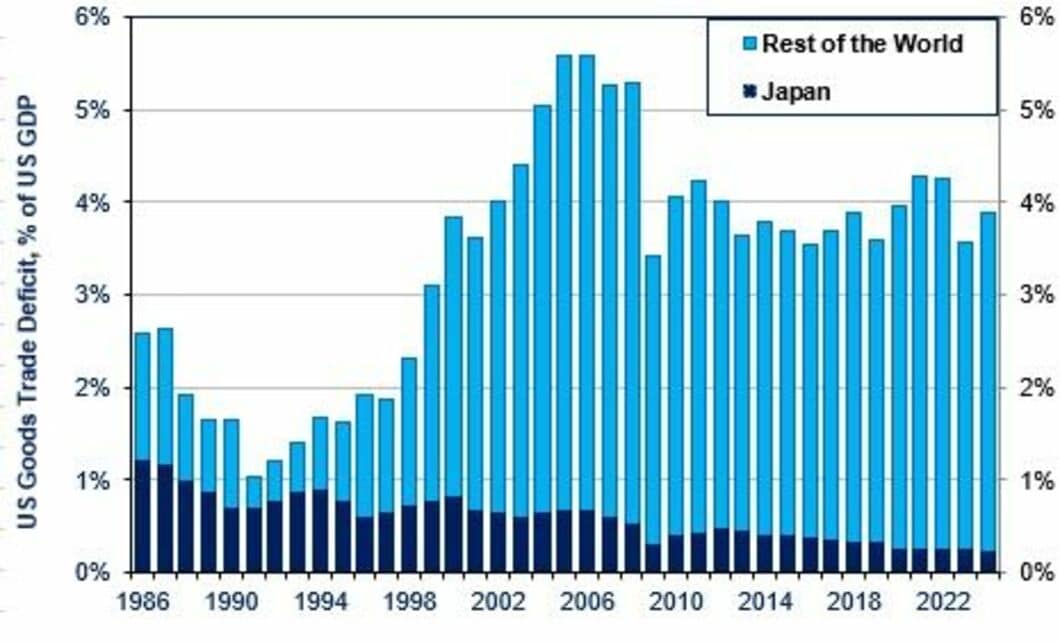
Nonetheless, Trump maintains a fixation on Japan stemming from its prominent role in the old days. Not just because of the trade deficit, but as some Japanese companies bought American trophy real estate, like Rockefeller Center. But that fact is that it was the Rockefeller family, not Mitsubishi Estate, that gained from the $900 million transaction in 1989. That’s because the property kept losing value, and Mitsubishi Estate eventually had to declare bankruptcy on the project.
The Art Of Not Dealing
It looks increasingly like “the world 's greatest negotiator” is less interested in reaching a deal than in finding a pretext to maintain his tariffs. He may eventually be pressured by the financial markets and other factors to change his stance, but that would be a climb-down from what he really desires.


